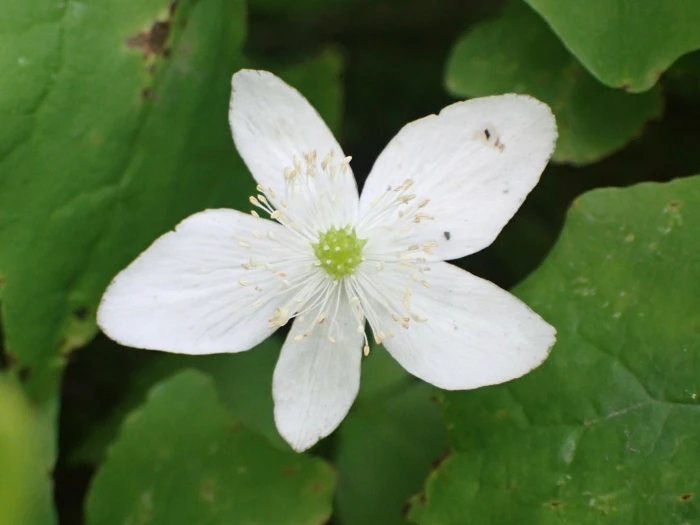Columbian Windflower
(Anemonastrum deltoideum)
Columbian Windflower (Anemonastrum deltoideum)
/
/

giantcicada
CC BY 4.0
Image By:
giantcicada
Recorded By:
Copyright:
CC BY 4.0
Copyright Notice:
Photo by: giantcicada | License Type: CC BY 4.0 | License URL: http://creativecommons.org/licenses/by/4.0/ | Rights Holder: giantcicada | Publisher: iNaturalist | Date Created: 2022-07-04T18:30-07:00 |













Estimated Native Range
Climate Requirements for Logan City, Australia
| This Plant | Your Site | Plant Suitability for Your Location | ||
|---|---|---|---|---|
| • Precipitation | 13" - 126" | 49" | Aquatic | Aquatic |
| • High Temp. | 40°F - 94°F | 86°F | Your summer temperatures are normal for this plant. | Excellent |
| • Low Temp. | 6°F - 41°F | 47°F | OK, but your winter temperatures are warmer than normal for this plant | OK |
This plant should grow well at your location with about N inches per year (Y minutes per month) of irrigation.
Summary
Anemonastrum deltoideum, commonly known as Columbian windflower or western white anemone, is a rhizomatous perennial herb native to moist, forested environments such as coastal woodlands and montane forests in the Pacific Northwest of the United States. It typically grows between 4 and 12 inches tall and features a single basal leaf divided into three large toothed leaflets. The plant produces an inflorescence consisting of three bracts and a single flower with five petal-like white sepals that bloom in spring. The flowers are modest in size but can add a delicate beauty to woodland gardens.
Columbian windflower is valued for its early-season blooms and its ability to naturalize in shady garden areas. It is often used in woodland gardens, shade gardens, and native plant gardens. This species prefers cool, moist conditions and well-drained soil rich in organic matter. It requires part shade to full shade and consistent moisture to thrive. While generally low-maintenance, it can be susceptible to snail and slug damage. Gardeners should be aware that this plant can spread via rhizomes and may need to be managed to prevent unwanted spread.CC BY-SA 4.0
Columbian windflower is valued for its early-season blooms and its ability to naturalize in shady garden areas. It is often used in woodland gardens, shade gardens, and native plant gardens. This species prefers cool, moist conditions and well-drained soil rich in organic matter. It requires part shade to full shade and consistent moisture to thrive. While generally low-maintenance, it can be susceptible to snail and slug damage. Gardeners should be aware that this plant can spread via rhizomes and may need to be managed to prevent unwanted spread.CC BY-SA 4.0
Plant Description
- Plant Type: Herb
- Height: 0.5-1 feet
- Width: 0.5-1 feet
- Growth Rate: Moderate
- Flower Color: White
- Flowering Season: Spring, Summer
- Leaf Retention: Deciduous
Growth Requirements
- Sun: Full Sun, Part Shade
- Water: Medium
- Drainage: Medium, Fast
Common Uses
Low Maintenance, Rock Garden
Natural Habitat
Moist, forested environments such as coastal woodlands and montane forests in the Pacific Northwest of the United States
Other Names
Common Names: Dwarf Thimbleweed, Dwarf Anemone
Scientific Names: Anemonastrum deltoideum, Anemone deltoidea, Anemone deltoidea, Anemonoides deltoidea, Anemonoides deltoides, Tamuria deltoidea
GBIF Accepted Name: Anemonastrum deltoideum